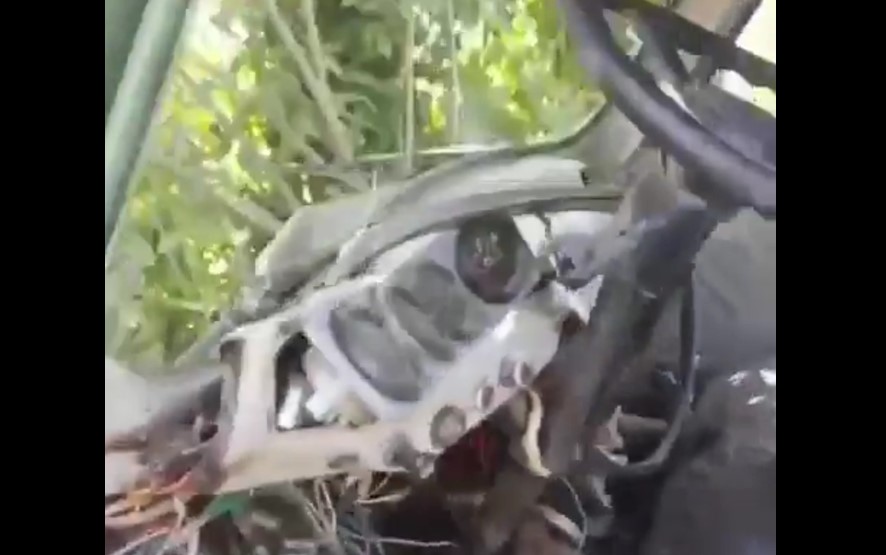UAZ-452 Buchanka is a prime target, sparking panic among Russian troops.
Others are reading now
Ukrainian forces have intensified their use of drones, specifically the FPV (first-person view) models known as “Baba Yaga,” to target Russian logistics on the front lines.
Panic Among Russian Troops
This shift has made Russian civilian vehicles, particularly the UAZ-452 Buchanka, a prime target, sparking panic among Russian troops.
These vehicles, once considered a reliable part of Russia’s military logistics, are now vulnerable to Ukrainian drone attacks, according to WP.
Reports indicate that Ukrainian drones can now strike from distances of over 6 miles (10 kilometers), significantly affecting the last leg of Russian supply lines.
Also read
As Russia faces shortages of armored vehicles, the Buchanka has become increasingly popular for logistical support, offering decent off-road capabilities and reasonable payload capacity.
However, its civilian nature means it is particularly susceptible to drone strikes, causing heightened anxiety among Russian drivers. In one recent incident, a UAZ-452 fleeing from a drone collided with another of its kind, exemplifying the chaos these attacks can create and leading to panic on the front lines.
Using Commercial Drones
To address their deficiencies in modern weaponry, Ukrainian forces have turned to commercial drones equipped with outdated munitions, transforming them into effective weapons.
While Russian forces have attempted to counteract these drones using jamming devices, the effectiveness of these measures is limited, typically reaching only about 1,640 feet (500 meters).
Exceptions exist, such as the military-grade R-330Z Zhytel, capable of disrupting signals over larger areas, but these solutions are not foolproof.
The improvised nature of Ukrainian drones, often constructed from commercial parts, has proven effective. FPV drones cost less than $1,000 and can be easily assembled with components available in the market.
Armed with grenades capable of penetrating substantial armor, these drones present a serious threat to Russian ground operations.



